Funguses have been known to be the major cause of tragedies to human. On the other hand, there are also quite a number of funguses that are instrumental for some of man’s greatest discoveries in science. This article presents the list of the top 10 most significant funguses in human history.
1. Penicillium Chrysogenum
Penicillin antibiotics are one of the major medical discoveries and they were the first generation of drugs that were used to effectively combat a broad range of serious infections including Staphylococcus and syphilis. Alexander Fleming discovered Penicillin in 1928 when he accidentally forgot to close window which resulted to the growth of mold spores in a Petri dish with Staphylococcus specimen.
2. Phytophthora Infestans
The Phytophthora Infestans is responsible for the deaths of millions of individuals in Ireland during the period 1845 to 1852. At its height and during one of the darkest episodes in the history of Ireland, it resulted to the reduction by almost 25 percent of the total population of Ireland.
3. Saccharomyces Cerevisiae
This fungus is considered as the most important yeast and it has been in use since time immemorial for brewing and baking. This type of yeast is extracted from the skin of grapes.
4. Neurospora Crassa
This fungus is the major reason for the significant advances in the study of DNA and genes. This also paved the way for George Wells Beadle and Edward Tatum to win the 1958 Nobel Peace Prize for Medicine. Neurospora has been extensively used in scientific studies relating to cell polarity, gene silencing, epi-genetics, and other critical aspects affecting biochemistry and cell biology.
5. Aspergillus Niger
This fungus is the main reason for the collapse of what has been previously considered a formidable and robust Italian lemon industry. It is also extensively used in the production of the type of corn syrup with high fructose content.
6. Penicillium Roqueforti
This fungus is an important element for the manufacture of blue cheese, antifungals, flavoring agents, proteases, polysaccharides and a lot of other enzymes.
7. Trametes Versicolor
This fungus is popularly known in the US as the “Turkey Tail” owing to its near resemblance to the turkey bird’s tail. It has a significant and critical function in cancer treatment. It is mainly used as an adjuvant for several cancer drugs.
8. Cordyceps Sinensis
This fungus is a popular mushroom with curative characteristics and is commonly used in Chinese medicine to treat a wide variety of diseases including cancer. It is also used as an aphrodisiac.
9. Omphalotus Olearius
This fungus is distinguished by its bioluminescent characteristic. Ingestion of even small amounts of this highly toxic fungus can lead to severe diarrhea, vomiting and cramps.
10. Claviceps Purpurea
This is the fungus that proliferates on the rye’s ear and other forage plants and related cereals. Ingestion of this fungus can lead to ergotism and it can affect humans and other mammals. Ergotism is commonly referred to as the “St. Anthony’s Fire.” This condition is usually accompanied by convulsions immediately after consuming the fungus. In the past, this has been the main cause of “bewitchment” which led to the Salem witch trials.

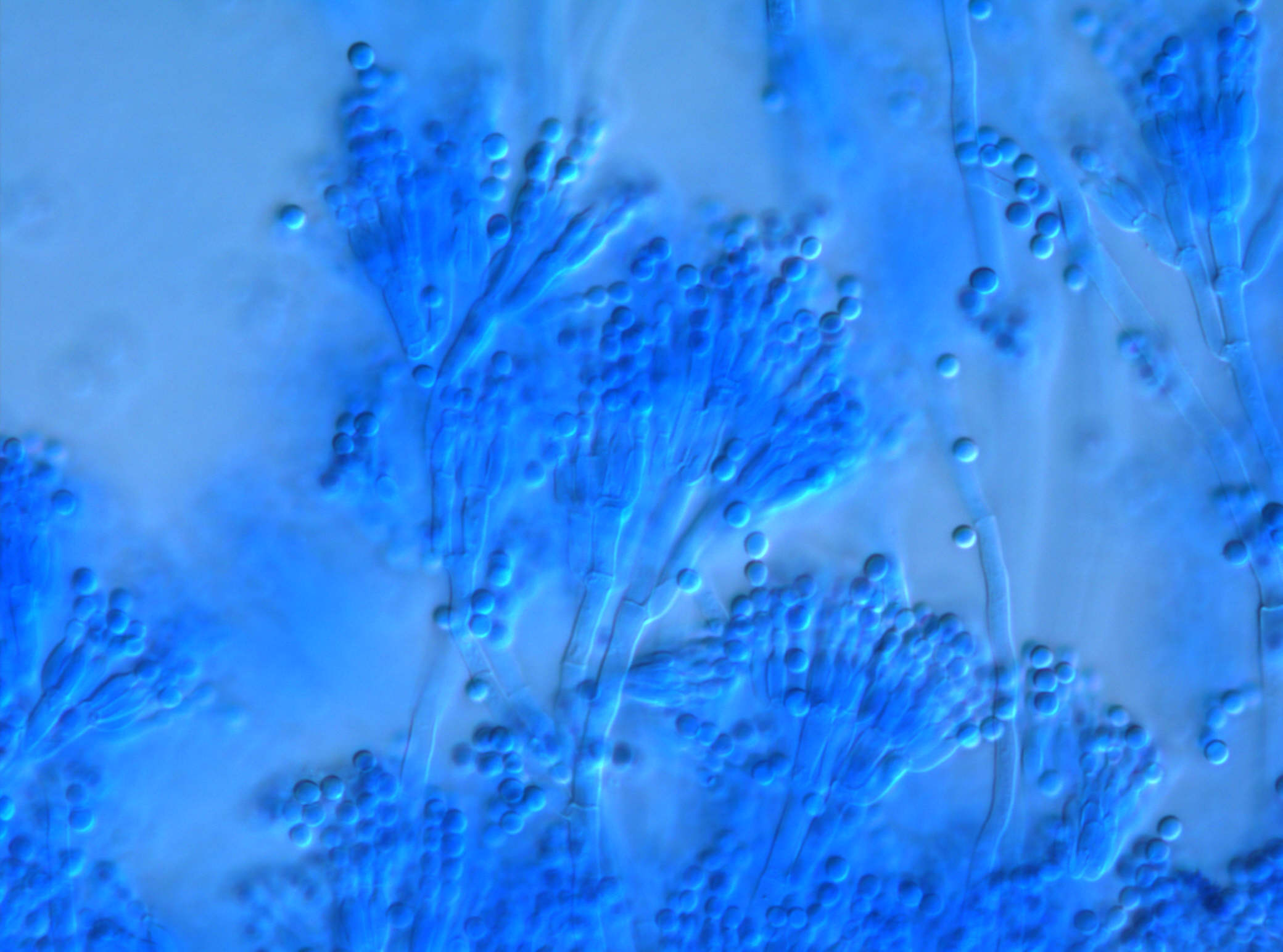
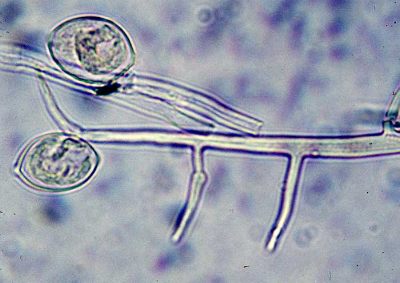
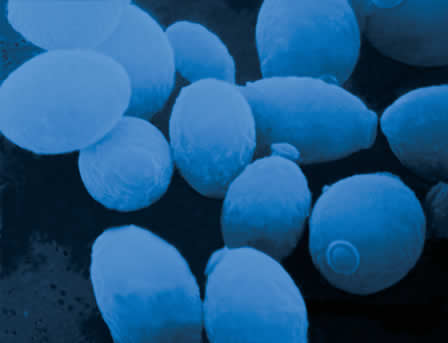
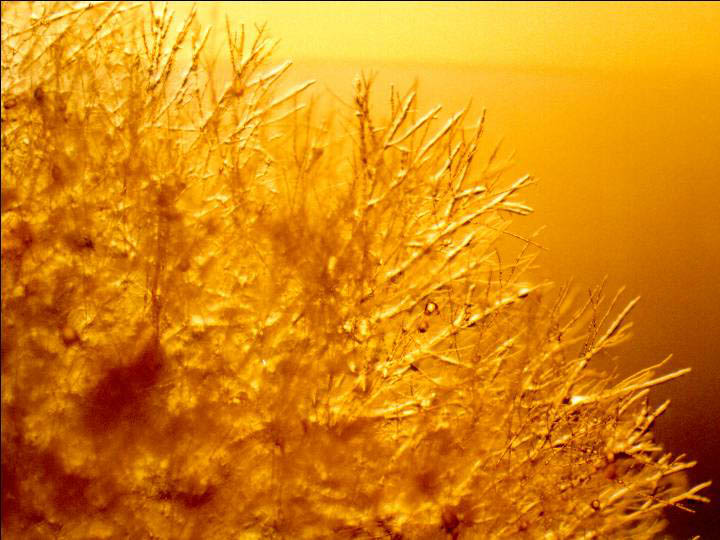
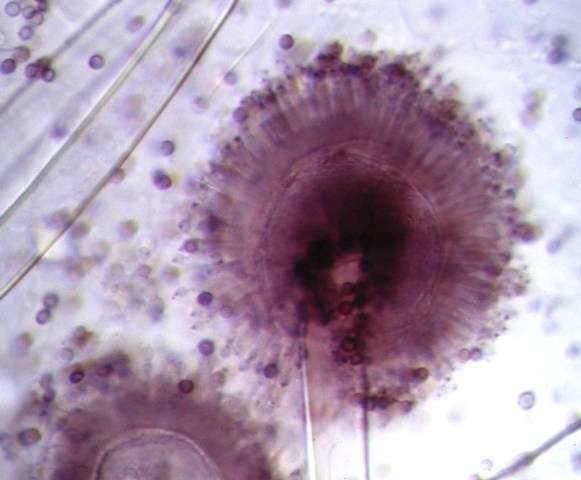
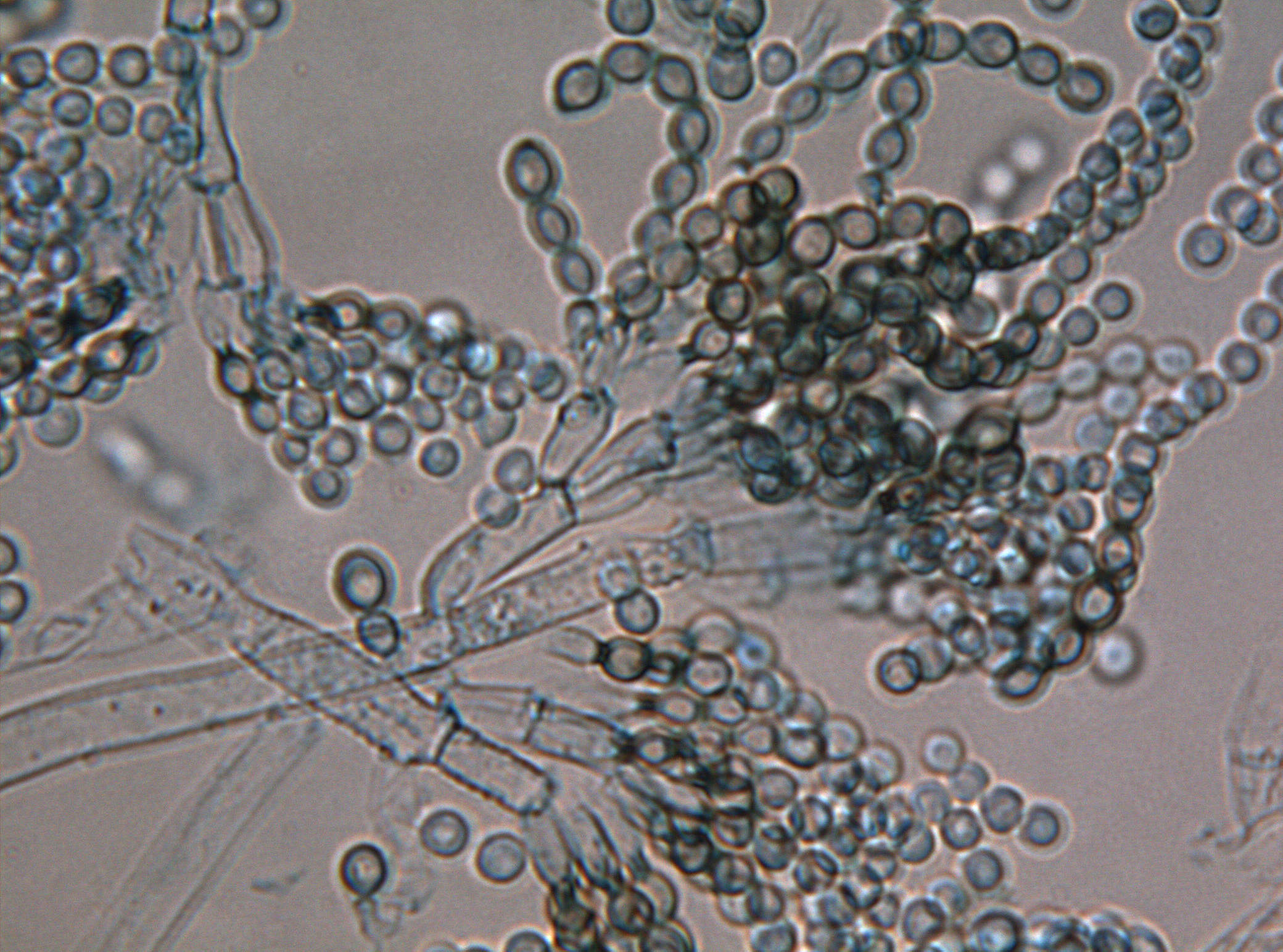
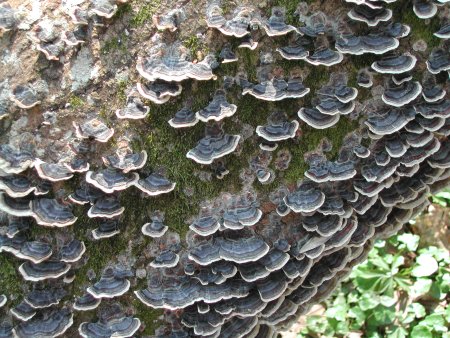
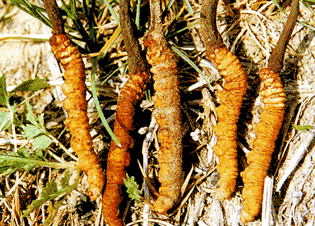
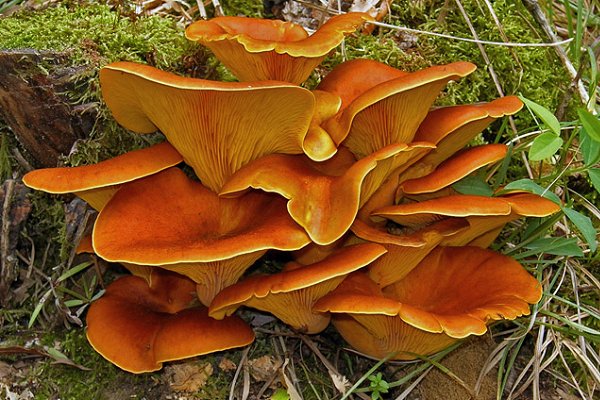
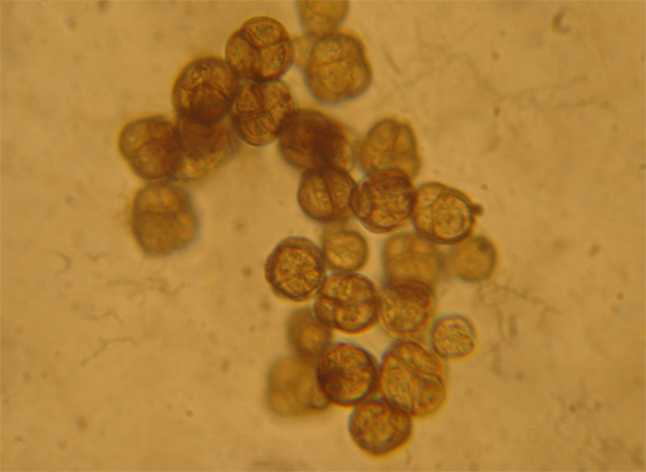

psilocybin has been theorized to have helped evolve human consciousness…
http://en.wikipedia.org/wiki/Terence_McKenna#The_.22Stoned_Ape.22_hypothesis_of_human_evolution
psilocybe mushrooms should be number one… also, no mention of the ergot fungus leading to the discovery of LSD.
whether or not you agree with drug use these chemicals shaped a generation.
https://www.youtube.com/watch?v=5Im2WNyf3mg
hindi hot short films, telugu romantic short films movies – 2016, telugu cinema, mallu aunty, hot aunty, hot bhabhi, dehathi bhabhi, jabardasth, swathi naidu videos, best romantic short films, big screen, teaser, bed, playeven, 2016 hot short films, ho…
http://www.kokokus.com/
Post Free Ads